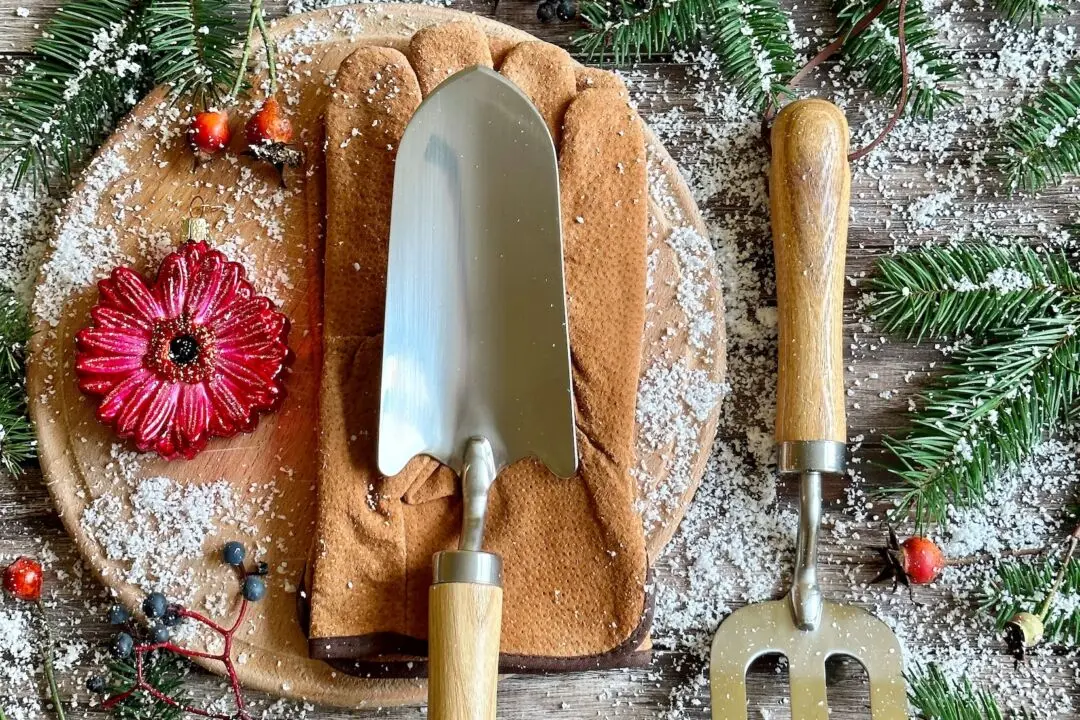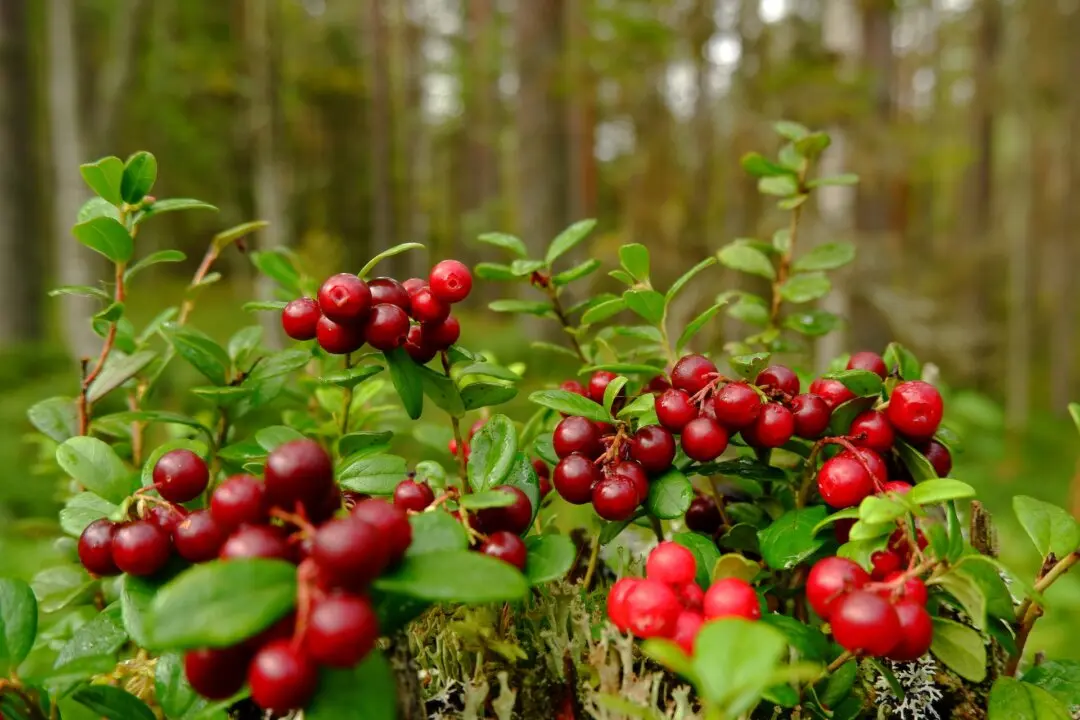Q: We bought some strawberry plants at the big-box store and planted them. They seem to be growing just fine. I did some reading about the strawberry variety we bought, and some of the sources said to cut off all of the flowers this year. The plants are supposed to grow more strawberries next year. If they are flowering now, aren’t they capable or mature enough to grow the fruit? Do I really have to cut off the flowers and wait a year for strawberry shortcake?
A: I understand your pain. If I am going to go through all the work of planting strawberries, I want the fruits of my labor this year. I don’t want to wait. But look at it this way: Strawberry plants are perennials. Rhubarb and asparagus are other perennial garden plants that we eat. We buy all three of these plants as small plants that will grow bigger and stronger if we have the strength of will to wait a year or two before we start harvesting in earnest.





